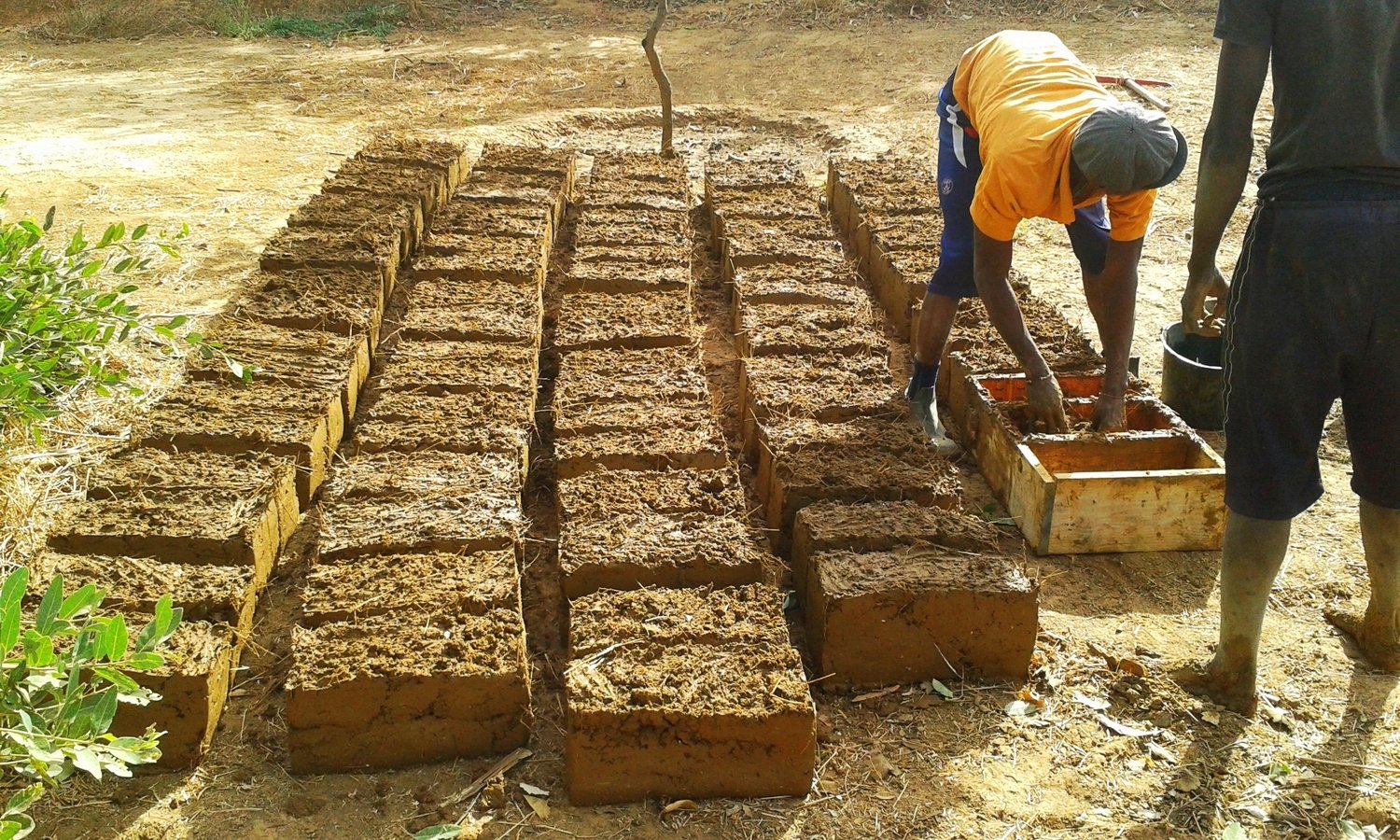The earliest of our settlements have come from Mother Earth. Some of the oldest buildings around the world were constructed of earth. Around 3 billion of the world’s population lives in houses using earth as a building material.
From being used in great civilizations in the Middle East to the heritage city in Yemen and to rural communities of Africa and America, the use of earth in construction has its roots in all ancient backgrounds.
However, in most of the countries around the world, primitive tools were used to construct buildings, to mold earth. Therefore, the range of the technical, constructional, and architectural possibilities of the earth is extremely wide.
Due to this wide constructional potential has enabled the construction of modest shelters, village houses, urban blocks, and religious edifices, as well as palaces and entire cities.
Benefits of Earth as a Building Material
Earth buildings are highly durable, have good humidity regulation and sound insulation, and are non-toxic, non-allergenic, and fireproof. They provide excellent thermal mass and insulation when built with thick walls, and when used with passive solar design.
- It saves energy on the transportation of materials as it is easily available material.
- It provides natural cooling and heating inside the buildings. For example, during winters, a wall from raw earth will keep the indoors warm and vice versa.
- Construction from earth uses minimum water.
- Earth buildings use very little by way of manufactured or processed materials; the amount of energy consumed in construction is low therefore reducing the environmental impact.
- It is a renewable building material, as once the building is demolished, it will return back to the ground.
Types of Construction Techniques
Adobe

Adobe is an old technique of making bricks from a mixture of clayey earth, straw, and water, which is kneaded and molded in a wooden frame, then the bricks are dried in the sun. Traditionally, they were shaped by hand, but today, hydraulic or manual presses are mechanized to compress the earth blocks.
Rammed Earth
Rammed earth is a mixture of earth, sand, or gravel, and clay, which is kneaded and compacted. In this technique, first wooden walls for formwork is erected, then moistened earth is filled in. Once, a layer of material is filled in, it is tamped down and compacted with hand or power tools. After this, the next layer of material is added and tamped. This process is repeated until the form is filled, and the formwork is removed.
Cob
Cob is a combination of clay-rich soil, aggregate (sand), straw (fiber), and water. The ingredients are mixed together into a stiff, dough-like consistency that can then be easily stacked and molded.
Balls of the earth are stacked on top of one another and lightly tapped with hands or feet to form monolithic walls. the earth is reinforced by the addition of fibers, usually straw from various types of cereal or other kinds of vegetable fiber, such as grass and twigs.Wattle and Daub

This earthen building technique involves pressing mud into a woven lattice of sticks, bamboo, boards, or reeds. Daub is a mixture of fine earth, straw, and lime, forming a mud plaster. The plaster is mixed with a dough-like consistency and applied to the lattice.
Earthbag
Earthbag construction is done by filing polypropylene tubing or bags with a mixture of soil, sand, and sometimes cement. The bags are first stacked, then tamped to compression. A loop of barbed wire is placed between each layer of filled bags for tensile strength.
After identifying the various construction techniques, the best one for the suitable climate and soil conditions must be chosen. As different techniques have different properties.
With awareness increasing of sustainable construction techniques, focus on earth as a building material has risen. Therefore, contemporary architects and eco-builders. industrial sectors devoted to the earthen building are currently emerging as this sustainable material wins over.
Earthen building techniques have passed the test of time throughout history. They are reliable and practical solutions for construction. The basic resource needed for the construction is right below our feet.





